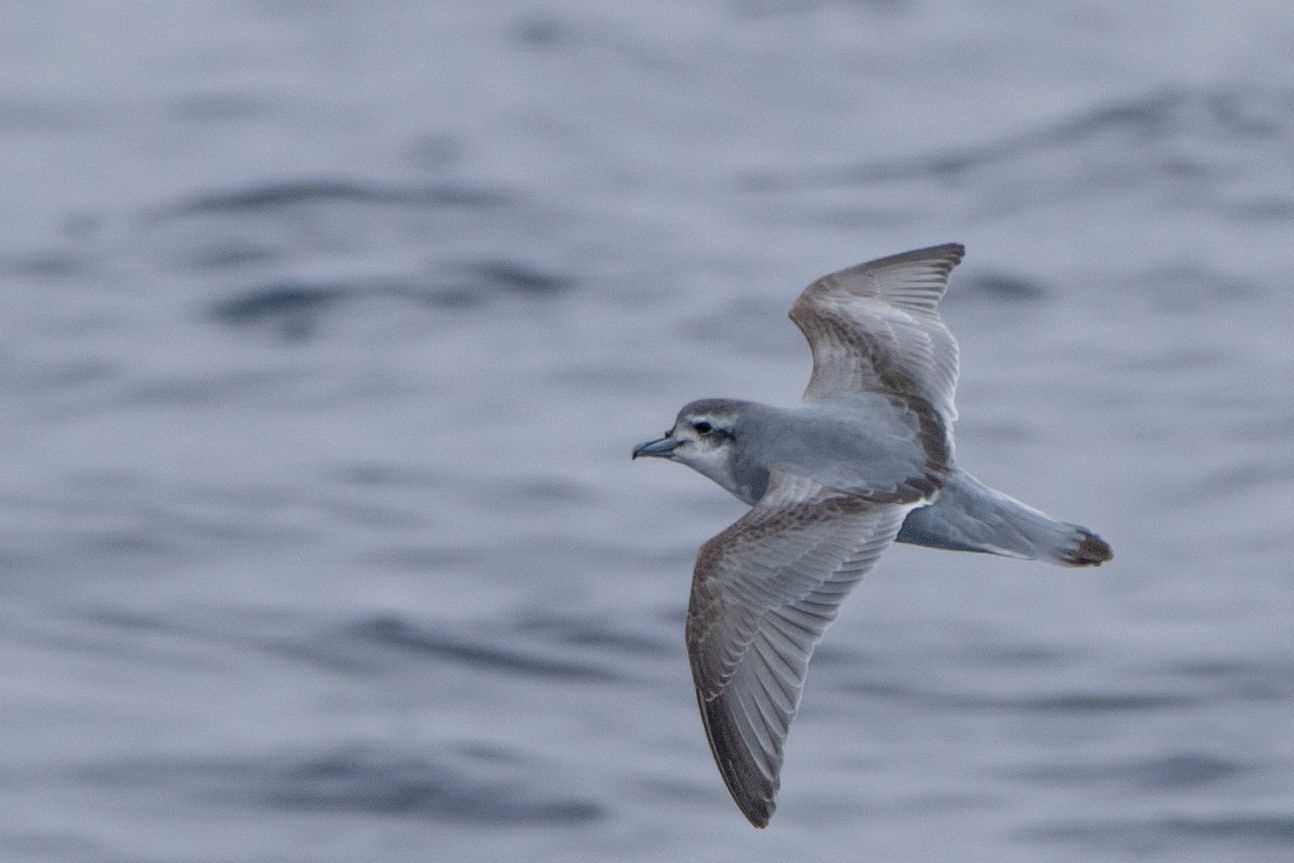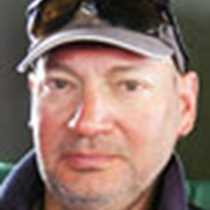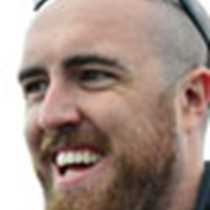Today we sailed northward at a speed of around 12 knots towards Cape Horn. At 8 a.m., the water temperature was 2.5 °C and by 2 p.m. had risen sharply to the balmy value of 4.2 °C indicating we had crossed the Polar Front, also known as the Antarctic Convergence. Moving away from the ice and into the open ocean brought a suite of seabirds for our pleasure, in particular the members of the tube-nosed seabirds, classified in the order Procellariiformes.
Within the order there are four families (albatross, shearwaters, storm petrels, and diving petrels), and today we saw examples from each. Scientific evidence including fossils and genetic analysis indicates that these seabird families developed from a common ancestor with penguins and divers in the mid-Eocene around 40 to 50 million years ago.
The smallest are the storm petrels. These are small, flighty birds – some not weighing more than 20 grams – with short wings that allow them to glide and hover on the surface of the ocean where they feed by picking small prey items. They often patter their feet on the water surface. Today we saw Wilson’s and the black-bellied storm petrels.
The family of diving petrels has only four species within it, all living in the Southern Hemisphere. We saw the common diving petrel, a small compact bird with rounded wings who flies directly with rapid whirring wings. Diving petrels feed by diving and propel themselves under water with half closed wings.
The largest family within the order of tube-nosed seabirds contains the shearwaters and petrels, over 80 species in total ranging from the huge southern giant petrel to the most commonly seen cape petrel, known as the pintado. Its beauty is matched by the Antarctic prion, whose slate grey upperwings are banded with a distinctive darker “M”.
Of course, the highlights of the day’s wildlife watching were those majestic ocean wanderers, the albatross. With wingspan over three meters, the Wandering Albatross appears to stay aloft effortlessly. We also sighted some of the smaller species of Albatross including grey headed, light-mantled sooty and black-browed albatross.
Watching the seabirds from the bridge of the ship is a great pleasure but not the only entertainment on board. It was a day of engaging presentations offered by the team of naturalists and photographers. Conor Ryan provided an overview of Antarctic whaling history and current practice, Sisse Brimberg shared some of her photographic travels, Caitlyn Webster filled our brains with knowledge of the diving physiology of seals, and Andrew Atkin presented the dramatic story of the race to the South Pole later in the afternoon.
At the cocktail hour, expedition leader Peter Wilson previewed the developing weather systems for the remainder of the track up to Cape Horn destined to give us a bit more pitching as we travelled north. After dinner we watched the documentary Chasing Ice. Another great day in the southern hemisphere!









